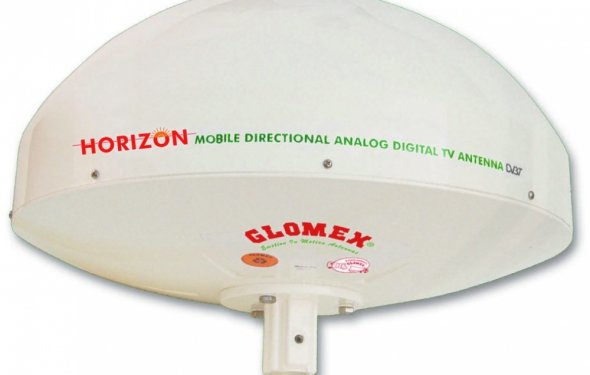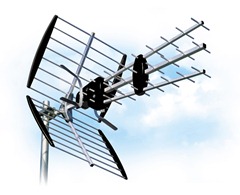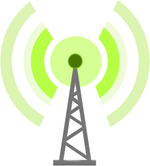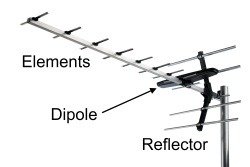Analogue TV antenna

 Digital Terrestrial tv (DTT) is one of a few means of receiving Digital tv (DTV) yourself. However, being obtain DTT transmissions and completely realise the advantages available from this brand-new medium the selection of antenna and its own placement needs to be very carefully considered.
Digital Terrestrial tv (DTT) is one of a few means of receiving Digital tv (DTV) yourself. However, being obtain DTT transmissions and completely realise the advantages available from this brand-new medium the selection of antenna and its own placement needs to be very carefully considered.
The antenna (or aerial for all of us Brits) may be the first and arguably the main link in the sequence to receiving a high quality signal for the television or digital television recorder. If you reside in an area of poor reception or do not have the most suitable sort of antenna, after that no matter what you do later in the string, overall performance is going to be compromised.
While this article provides an introduction into the antenna conditions that straight affect the top-notch reception, neighborhood antenna installer should certainly advise which antenna is best suited for your certain place.
Signal Energy
While Digital Terrestrial tv (DTT) can offer improved image quality over main-stream analogue TV by detatching standard image reception dilemmas including ghosting, a reasonable sign strength remains needed.
All or absolutely nothing
a poor analogue TV sign is easily recognised as it will suffer from increased sound or ‘visual snow’. Digital TV but continues to offer clean reception until the absolute minimum limit is achieved. Beyond this the electronic data can't be accurately decoded and the result from the television tuner will cease. A drop of 3dB on a Digital television or set-top box is sufficient to result in the difference between magnificent reception no reception at all.
 However, before this aspect is achieved, components of the electronic signal will become lost or corrupted. As the advanced error modification algorithms used in DTT decoders can mask these results to a specific level, this is second-best when compared with having the complete high quality initial sign, which can be just attained with a decent high quality antenna installation.
However, before this aspect is achieved, components of the electronic signal will become lost or corrupted. As the advanced error modification algorithms used in DTT decoders can mask these results to a specific level, this is second-best when compared with having the complete high quality initial sign, which can be just attained with a decent high quality antenna installation.
Frequency Ranges
Digital terrestrial television indicators in the united kingdom are sent on UHF (Ultra high-frequency) bands IV and V on channels 21 – 68 (471 – 847 MHz). Each channel consumes a bandwidth of 8 MHz, the actual quantity of room required for one conventional analogue television station. Historically these channels being grouped together in different frequency groups:
|
Group |
Stations |
Frequency |
 Band Coverage Band Coverage |
Code |
| Group A |
21 – 37 |
471 – 599 MHz |
Lower 1/3 of musical organization | Red |
| Group B |
35 – 53 |
583 – 727 MHz |
Center 1/3 of band | Yellow |
| Group C/D |
48 – 68 |
687 – 847 MHz |
Top 1/3 of musical organization | Green |
| Group E |
35 – 68 |
583 – 847 MHz |
Top 2/3 of band | Brown |
| Group k |
21 – 48 |
471 – 687 MHz |
Lower 2/3 of band | Grey |
| Group W |
21 – 68 |
471 – 847 MHz |
All band | Ebony |
Matching the Aerial
To draw out the utmost signal strength from any received transmissions, the connected antenna needs to be correctly matched into local transmitter’s frequency band / group and polarisation. In the united kingdom the coloured synthetic limit at the end of the antenna suggests which group the antenna is perfect for.